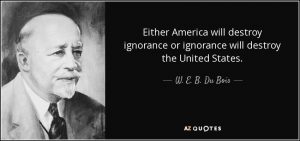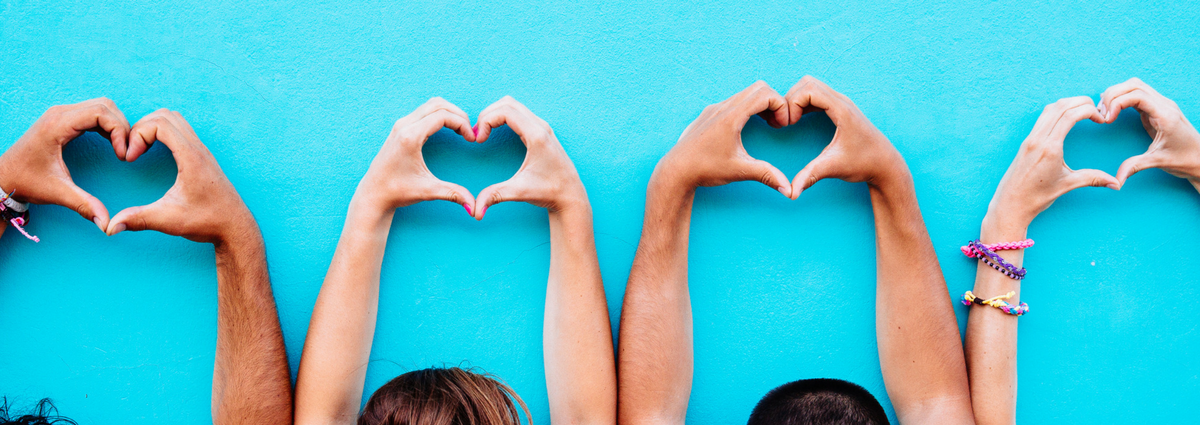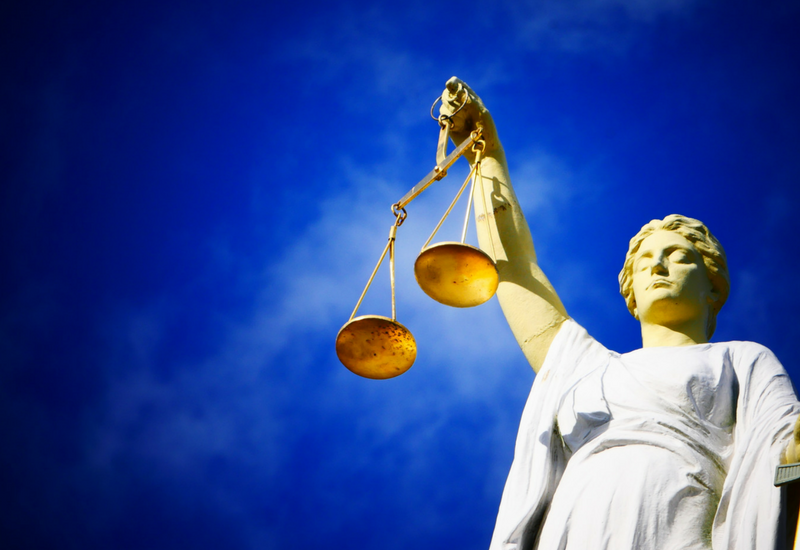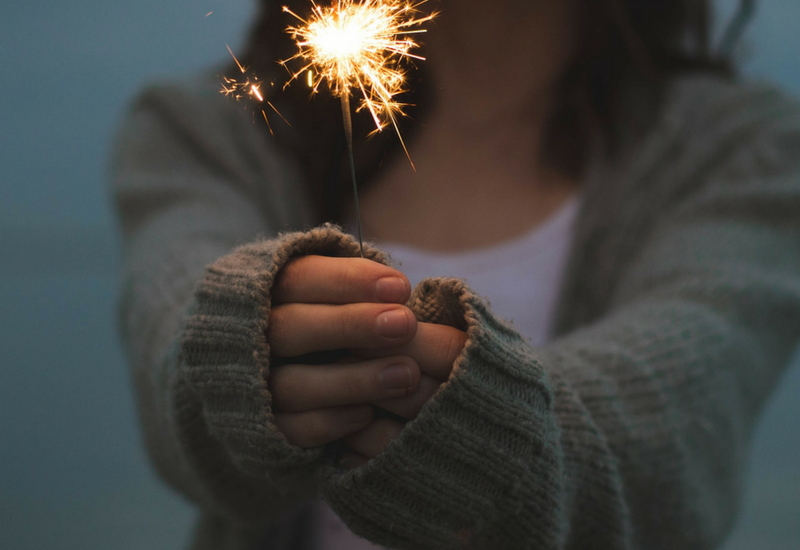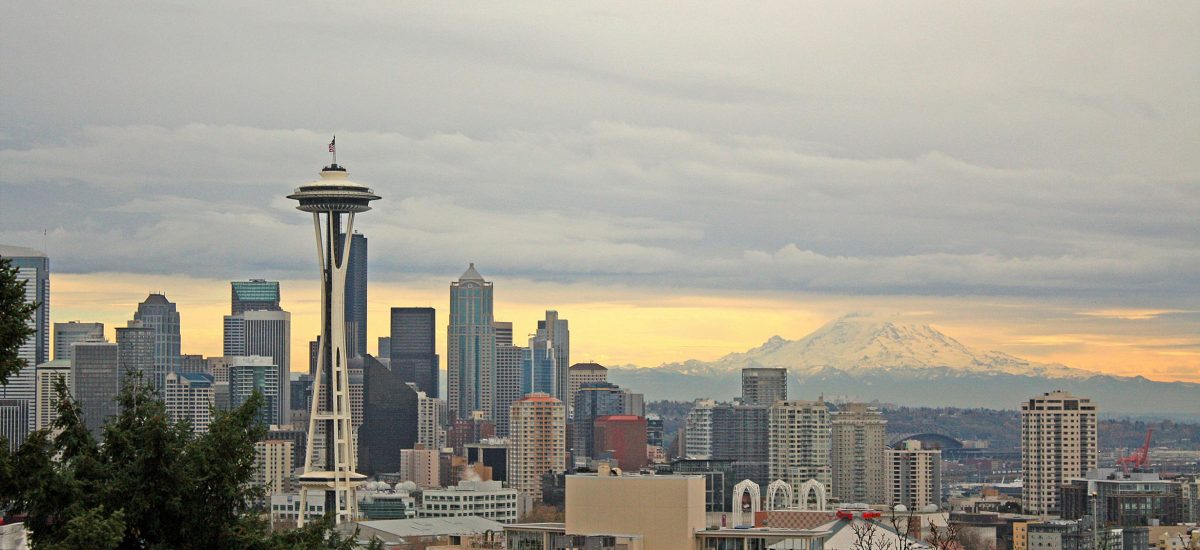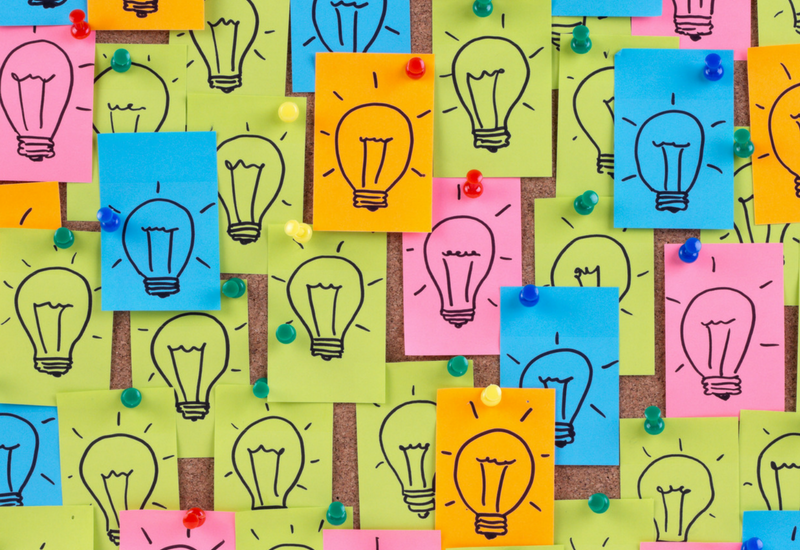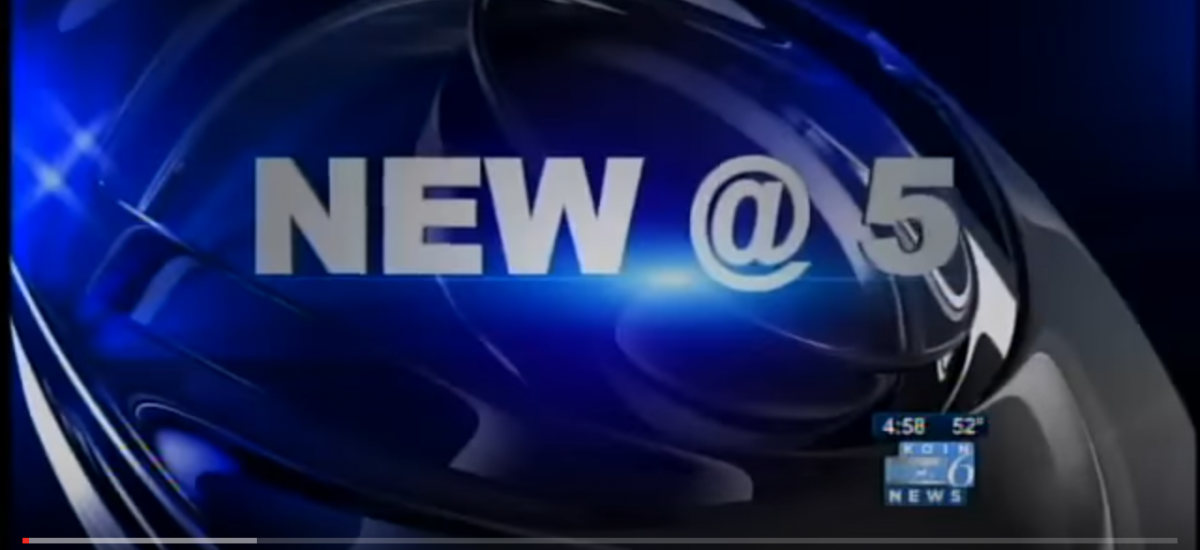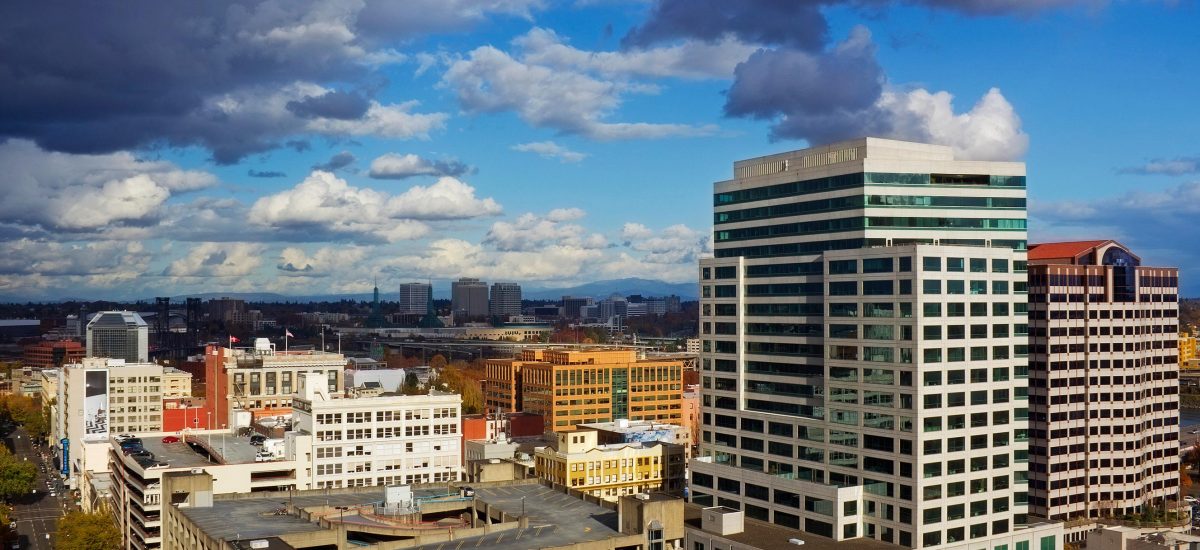Brutal Beautiful Kingdom
Animal Behavior in Church
Unpacking the Pack, the Herd and the Prayerful Predator
*This essay and call-to-action is an unflinching critique of rape culture, sexualized violence and spiritual abuse so pervasive in too many religious settings. The material may evoke strong reactions in some readers.
November 2022 By Mel Anthony Phillips
Welcome to another episode of “Brutal Beautiful Kingdom”.
Look! Over there…
The wide dusty expanse of exotic landscape shimmers under a blazing sun. Peaceable as the kingdom appears, something is amiss. Two disparate parties enter the scene. They eye one another. It’s the thirsty zebra herd and the hungry hyena. Five hundred zebra. One lurking hyena. The zebras are guided and managed by a leadership pack within the herd. There is the top stallion in command who determines the direction they travel, where to graze and when to rest. This top stallion is greatly aided by a small devoted crew of the herd’s biggest, strongest, bravest members. The zebra leadership’s motives are existential. The skulking hyena, on the other hand, is directed by the easiest mode of access for feeding its basest needs. The unthreatening rover lingers in the low grass, fully blending into the pleasant scenery. The grazing herd far outnumbers its leaders, one hundred to one. They outmatch the hyena five hundred to one. On the surface the proximal relationships between the parties are cordial, perfectly natural. Nevertheless, the carnivore holds all the power. The meat-eater establishes a cruel casual dominance. As followers of the rules, the obedient herd is directly influenced by its leader and resolute pack. Though aware of the predator in their habitat, the herd and its leaders tend to ignore the danger within their common area. Somehow overlooked, the slinking beast dog becomes a regular accepted figure. From now on the zebras will forever be prime cuts for the single-minded predator. For the parties, this is their social structure.
One day a lone zebra is drinking from the watering hole. This is its sustenance and lifeblood. They cannot live without this oasis. They have shown many others the way to this most cherished miracle spot. Head bowed; the zebra takes a deep satisfying drink of their sole salvation. Oh, how good it is. Suddenly, out of nowhere springs a violent attack. The hyena strikes. And what does the zebra herd do? Do they rise up against their tormentor with gnashing teeth and slashing hooves using the force of their numbers to overwhelm the hyena? Hell, no! They run. In fractured fury their fragmented unit takes flight. This is herd behavior. Herd Mentality is when groups of animals (including human beings) tend to react to the actions of others and follow their lead. It is characterized by a lack of individual decision making and/or introspection, causing those involved to think and behave in a similar fashion to everyone else around them.
In response to this sudden maelstrom, leadership within the herd becomes supremely important. The top stallion initiates the group’s actions and immediately decides where to go. Westward, it is. The top zebra sprints to the head of the scattering herd to commandeer the stampede. The other selected zebra leaders also bolt into action around the herd. Their responsibility is to help the top stallion keep the herd together as one solid, impenetrable core. This is their crisis response stimuli charging into action to preserve the zebra collective. This is pack behavior. Pack Mentality describes the tendency for groups of empowered individuals to act in virtual cohesion without planned direction. Thus, commanded by their strong posse of snorting protectors, the full herd kicks into high gear. Together they all flee to safety. Well, all but the one left alone back there fighting for its life. They gallop fast, over any course and whichever direction their fearless leaders compel them. They make sure to stay far away from the victim. They huddle up tightly and close ranks for protection. Then they stand still and stare silently at the cold calculated carnage screeching in the distant heatwaves. For the zebras, this is their environment.
“Whoa,” says the shocked helpless zebra down at the muddy oasis. “What just happened? How? And why me?”
Great questions, good zebra, and here’s the horrible answer. Regarding the hungry hyena, honestly, the target—you—never mattered to the predator. Prey is prey and any zebra would have sufficed, as long as the mark met the specific criteria. Like perusing a menu, the hyena chooses the ones they perceive as vulnerable, easy to snare, control, conquer and simply—carelessly—discard without any consideration or accountability. Which is exactly how it usually ends for the fated zebra. This is the predators’ nature. Sadly, over time, the scenario recurs so much that the herd becomes desensitized to their innumerable losses. They seem unaffected by what is happening around them, copesetic with the sacrificial offerings to preserve the “safe” sanctuary of those who remain. Including the voracious hyena. The zebras have normalized the violence in their eco-system. Fear and oppression have become a constant condition imbedded into their social structure. This is their culture.
Later, in the far distance, the zebra herd is seen resting in the swaying grass. A pitiful lost zebra calf wanders among the bedding group. It calls out to its missing dear one. Shown in the foreground at the edge of the watering hole, a smiling hyena lounges with its fattened belly and lolling tongue. A bony carcass poses nearby. A drowsy round orange ball of melting sun burns its sizzling firebrand upon the darkening territory.
Tomorrow promises another eventful day of wide-eyed bewildering wonderment in the Brutal Beautiful Kingdom. This is the reality.
Cut to black…
———-
Our zebra herd versus the hyena is a classic examination of natural life-balance behavior in the wild animal kingdom. Also, it is a disturbing picturesque parable about gross inexcusable human behavior that sinks far beneath the innate brute character exhibited by nature’s untamed creatures. The proud zebra herd, top stallion and small pack of protective chargers reflect the actions of churches, their congregations and appointed leadership in crisis response. The insidious hyena represents the presence of rape culture within church sanctums. Rape culture is an environment in which sexual assault and other forms of abuse against women, girls and vulnerable people impelled to be marginalized is normalized in the media and popular culture. It transpires in environments where violence is considered sexy and sexuality is violent.
Our allegory illustrates how herd mentality; pack mentality, unquestioned social structures and unexamined culture in religious communities goes a long way to help facilitate the unchecked predation occurring too often in too many churches and spiritual settings. It speaks to the heinous spiritual, emotional and sexual abuses and assaults happening every day in thousands of neighborhood houses of worship across the country. In addition, it notices the silence that follows as others are pressed to forgive, forget and move on. Also, the visuals of the carcass and the calling lost calf symbolizes the damaging collateral impact of religious abuse on victims’ families and relations.
Christianity’s addiction to glorified violence is long standing and obvious. Moreover, the Church’s rigid and narrow views on humanity, shame-based perspectives on sex, its binary characteristics, its aversion to self-awareness or healing wisdom outside its purview, these are cherished, hardwired ideas that broker no criticism in Christendom. To the contrary, for churchgoers these segregate ideals are ubiquitous biblical tropes that abound throughout the gospel. After two millennia of this internalized messaging, these Christianized credos have evolved into an even more amplified, personified, and exemplified embodiment of masculine omnipotence. Because it has been allowed to persist unabated without context or language, the prevalence of rape culture in churches is minimized, overlooked and roundly ignored. Despite their endemic androcentric steeping, many religious leaders and their typical hell-fearing church goers remain surprisingly ignorant to the prevalence of rape culture in their places of worship.
Most congregations are loathe to acknowledge the painful undisputed fact that sex crimes, abuse, assault, threats, harassment, emotional trauma and the enforcement of silence via biblical bullying can and does happen in their holy domains. Not here. Not in our House”, they say every time. But the raw red blistering reality is that some of the most dangerous and traumatic spaces frequented by children, impressionable youth, vulnerable individuals and average everyday Americans is the house of God, the Church itself. What happens—and continues to happen—is an unholy betrayal to faithful followers, and a sorrowful disconnection from morality. More than anything, it is a boldfaced biblical outrage that must end.
Time after countless time within its walls, on its campgrounds, campuses, institutions and affiliations—and often with co-conspirators and enablers—predatory reverends, pastors, ministers, preachers and their carbon-copy protégés orchestrate the destruction of individual lives, families, livelihoods and firmly rooted faith. Blending into the fold, covered within the church and protected by its anointed veil, prayerful imposters easily fit in by playing their pious roles. This is the ultimate hyena trick for hiding in plain sight. With their cloaks, veils and godly guises, the predators gain easy access to all manner of intimate face-to-face interactions in and outside of the church. They place themselves there purposely, specifically, to prey in service to their personal dysfunctions. This is their predatory nature.
The reasons predators and these vacuums of unaccounted violence have endured ad nauseum over many generations closely coincides with our safari analogy. Take a look at church social systems, environments and culture. Nearly all churches and spiritual communities are primarily hierarchical operations. The church engages a power-over paradigm rather than a vision of shared power. In most religious settings, the higher up one is, the more unquestioned power one has. Even in that paradigm the basic rules of engagement are unbalanced, differentiated almost exclusively by gender and long-standing ill-conceived notions of patriarchy and male superiority. Children, adored as they are, seem to have little agency or voice, if any at all, save for times when religious symbolism requires the reflection of a pure innocent presence. It is not hard to imagine how such strictly defined social orders, built on clearly delineated platforms of status and authority can create distinct silos of churchgoing mentality.
In such unbending social constructions driven by fear of pain, blame, shame and loss, this operating model encourages parishioners to follow the leadership wholeheartedly, unconditionally, without question. In this singular nonsecular environment, conjoined groups are created (like the zebra herd, its pack of leaders, and the hyena). There is the congregation, the clergy and the prayerful predator; all keep regular company, exist in close proximity and have constant contact. By divine decree, every person there is seen as equal in the eyes of God; from the preschoolers, to the pre-teens, to the preacher, to the practicing perpetrator. That communal sentiment of implicit loving trust in every churchgoer, unchallengeable belief in lightning bolt miracles and instantaneous human transformation is hammered and nailed into the psychological frameworks of a plethora of Christian faith communities. Though heavenly and heartwarming, this conviction to blanket statements of redemptive contrition and tearful apologies made without accountability or consequences is unhelpful, even harmful, to congregants needing safe sanctuary from their bible-beating abusers.
When herd, pack and predatory attitudes inhabit the same personal support systems, eventually that predatory counterpoint will erupt like a time bomb to deliver exponential fallout. The Church’s patent brand of stratified order, rooted in imbalanced power and nonaccountability, commonly creates rife environs for prayerful predators and much of the gender-based abuse and violence that are the trademarks of rape culture. Let us be clear, rape culture acts of violence are not limited to the bodily assault of rape, but other kinds of physical contact, as well as the more nuanced levels of language and speech, gesture and body language, symbolism and imagery. All of this is what plays out so sublimely on the ornate sunlit stained-glass vignettes hovering above the pews, as well as in so much of the passionate storytelling projected from the pulpit. Even more, and to an oversized degree, Christianity’s full-bodied fear of sex or anything supposedly sexual in nature renders sex talk of almost every kind strictly taboo on almost every level. Spousal consent, healthy self-discovery, the omni-neurological nuances of gender identity, and many other important social topics of current times get no room at this limited inn.
Over eons, Christianity has been the premier icon of help for the hopeless, and a beacon of healing refuge for true believers. In that span it has also revealed itself to be as much a trauma factory and truth silencer, especially against women and girls. This could help explain the regular Sunday sermons that find inspiration in biblical scripture that not only diminish or pardon issues of domestic violence occurring within congregations, but they also blame the victims and place the onus of these experiences squarely upon the shoulders of the persons receiving the traumas. Also common in many churches are divine discernments—usually not of the victim’s inspiration—urging victims to forgive their perpetrators, and vice versa, for the favor of God and continued life of the church. This jaw-dropping regularity has become the cliché model for Christian conflict resolution of every kind, including rape and incest. Forgive. Forget. Move on. Praise the Lord! However, churches above all entities, must know that forgiveness without accountability is not forgiveness at all. It is shameful church sanctioned silence, coerced false witness, and a convenient soiled tapestry draped over the God-awful truth.
With limitless examples of how today’s Christianity (particularly its evangelical fundamentalist offshoots) supports and enables violence towards women, there is no question that Christian churches actively contribute to the normalization of rape culture in overall society. How churches and congregations respond to crises of violence and sexual misconduct perpetrated within its dominions can be tantamount either to healing or horror for the folks harmed or victimized. This is especially true with violence and abuse caused by respected church leaders. Yet when critically examined, what the public sees in the vast majority of church sex abuse scandals is herd and pack behavior playing out in human form and spaces as congregational herds and their leadership packs focus on protecting the establishment by any means necessary. This, even if it means a sacrifice of one (or more) to save the whole, including their prayerful predators. Chances are this worn-out old script is being staged right now in a place of prayer somewhere in the general vicinity. Another church. Another fail. Another stain. Another god damned shame. For a vast share of church groups, the spirit for valiant action for the sake of innocent members is trumped by the stronger want for self-preservation. As consequence for their historically flagging responses to the hyenas in their midst, some churches, even big well-known denominations, have become helpful safe havens for both skilled groomers of sexualized abuse as well as studious bible bearing predators in training. These are the facts.
All said and done, it is nonetheless very important to acknowledge that organized Christianity is not a monolith of misery. Charity and good cause in the name of the Father, the Son, and the Holy Spirit is evidenced near and far around the globe. In light of all their sacred vows of infinite love, unlimited compassion, deep inner peace and calm, and beloved family, clearly our legions of Holy Churches have much to offer the world-at-large. But until they can bestow these graces upon the lives wrecked by their own hands, these pretty promises ring discordant and hollow in the souls of countless church abuse survivors. Indeed, churches en mass must immediately and earnestly commit to making real, hard, honest changes to their critical failing. That, or continue this careless collective cycle of harm. Scores of Christian faith traditions, their clergy and congregations have an arduous uphill battle ahead to expel their preying inhouse hellhounds while vanquishing the demons of rape culture in their denominations. Until then, welcome to another episode in that brutal beautiful kingdom. This is the reality.
Cut to black….

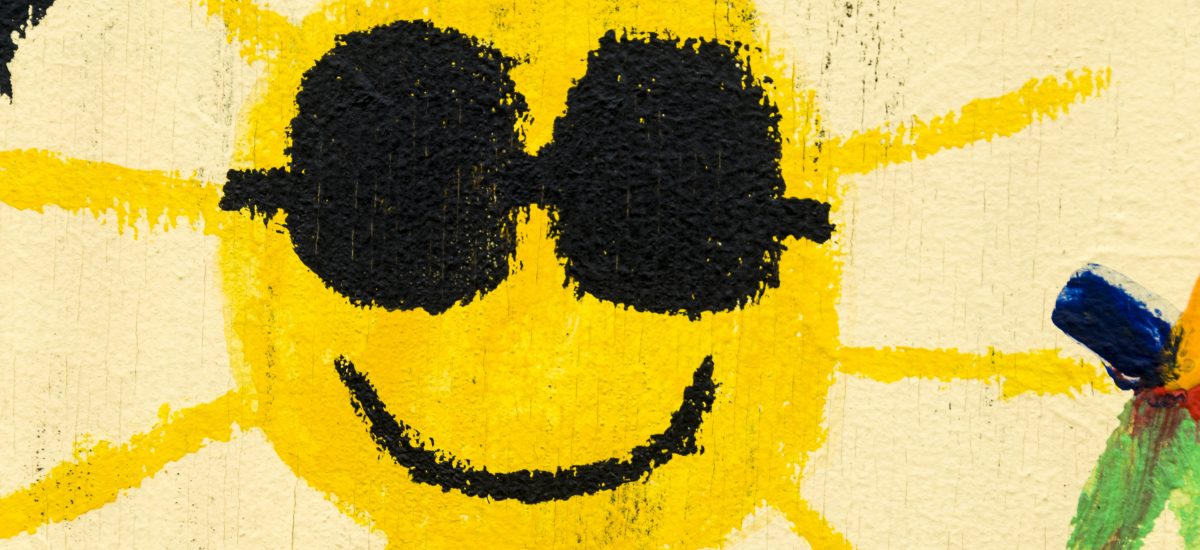
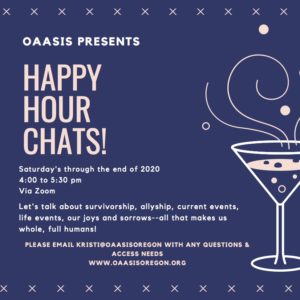
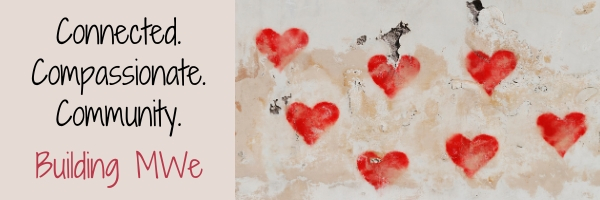
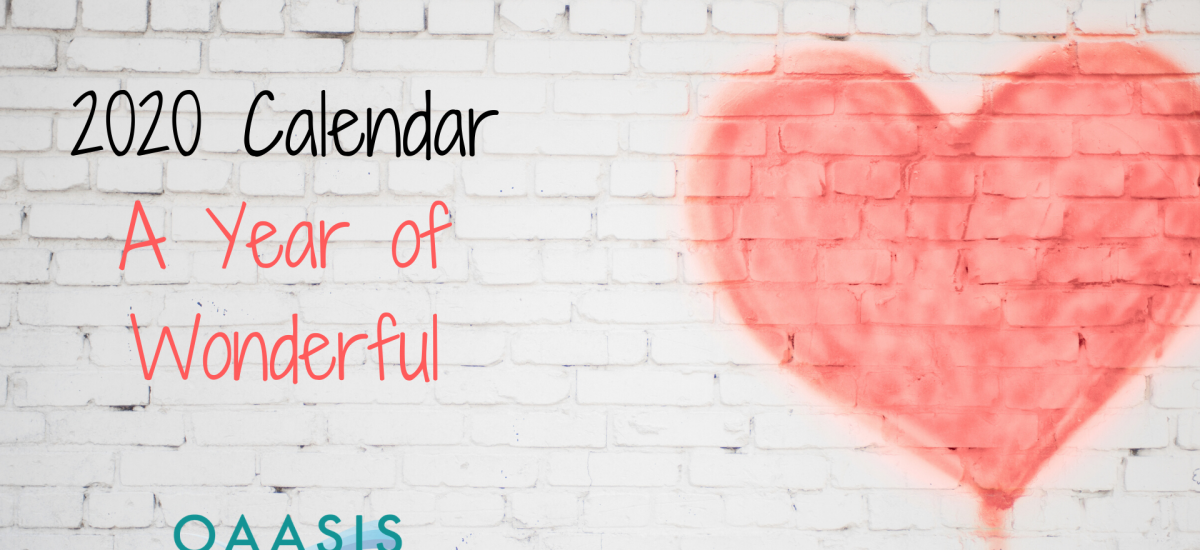
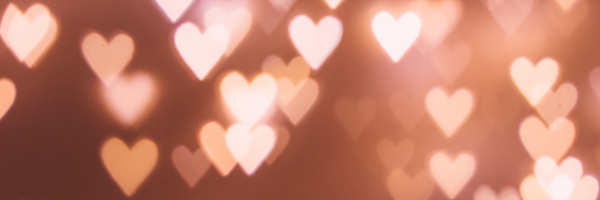
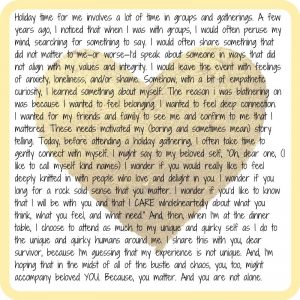
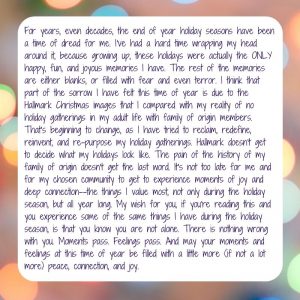
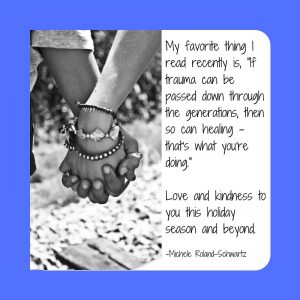
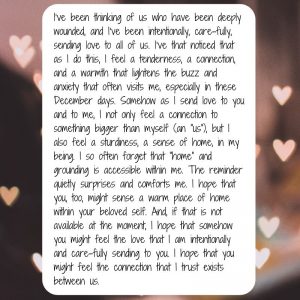
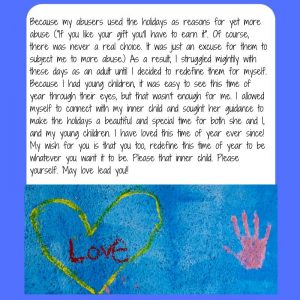
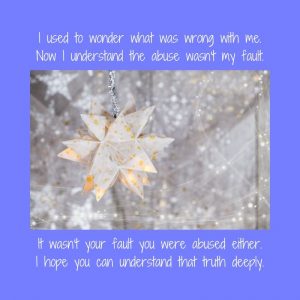
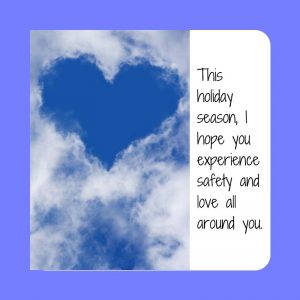
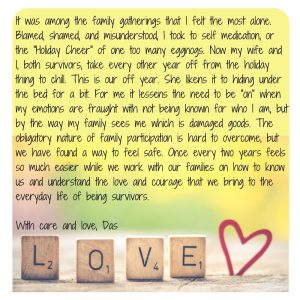
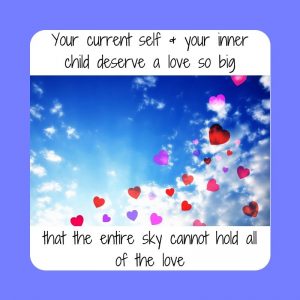
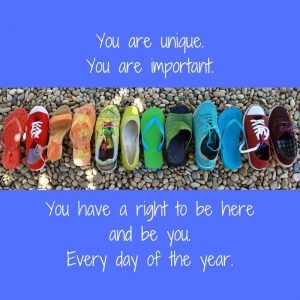
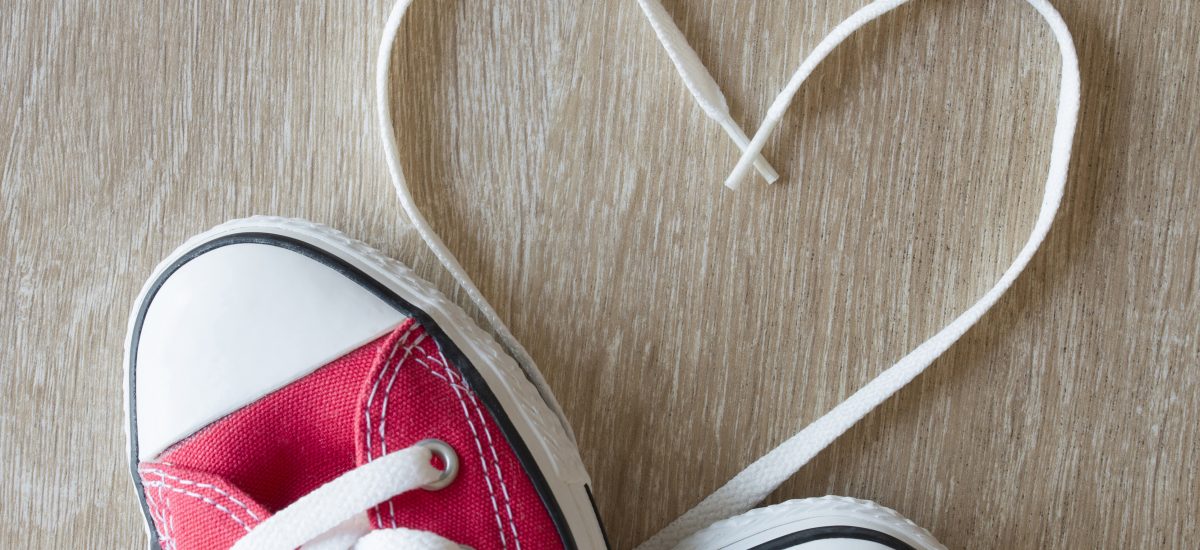
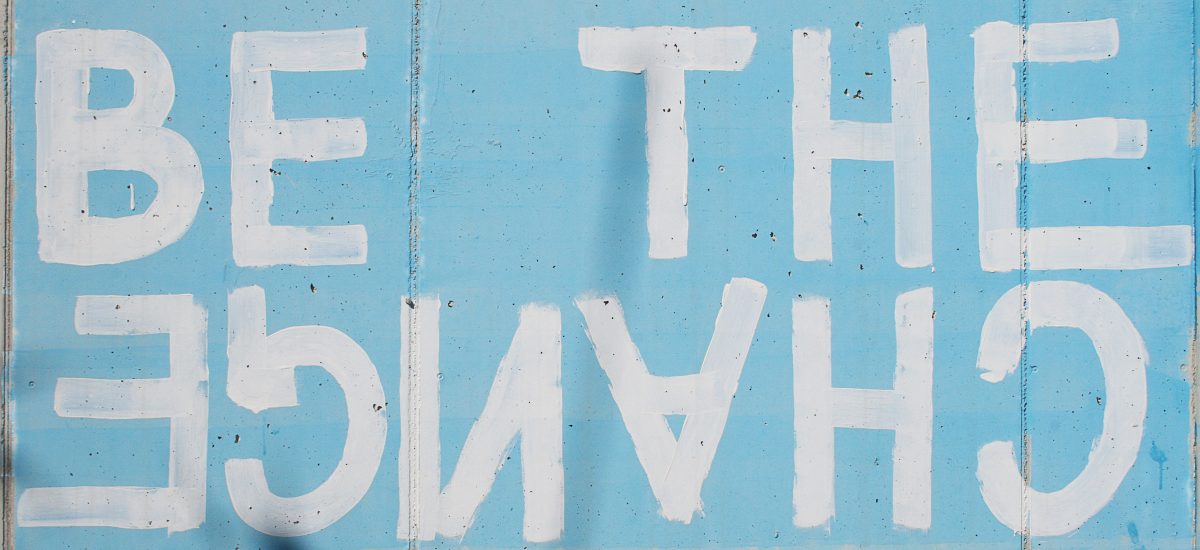
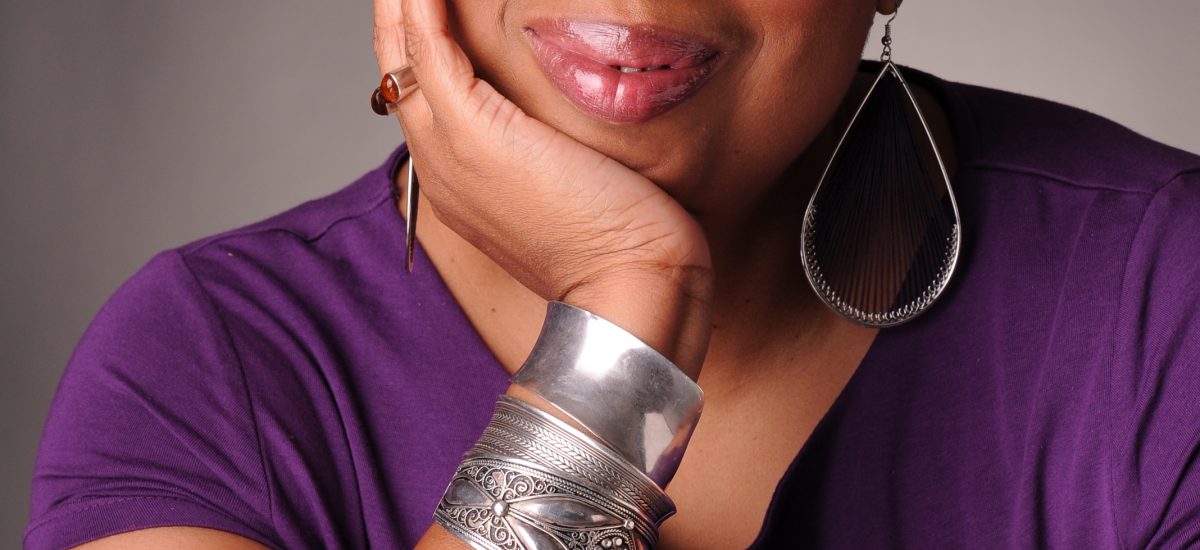
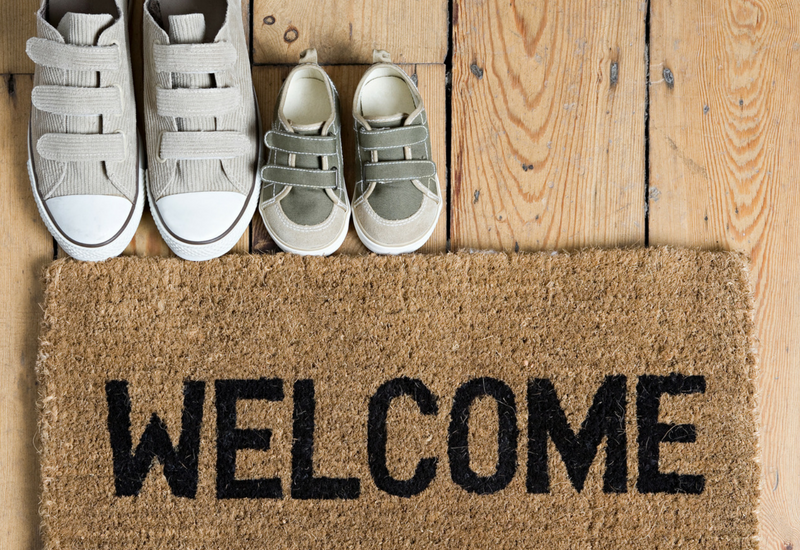

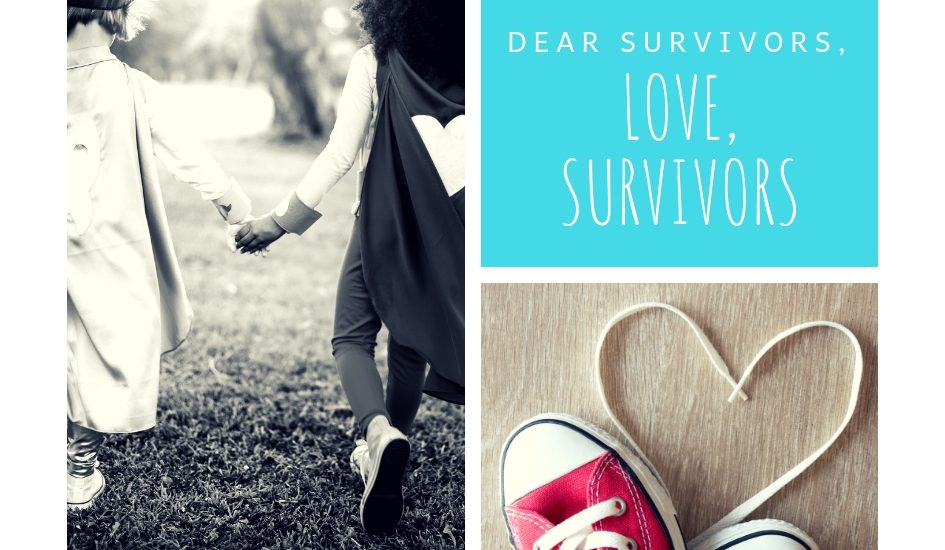
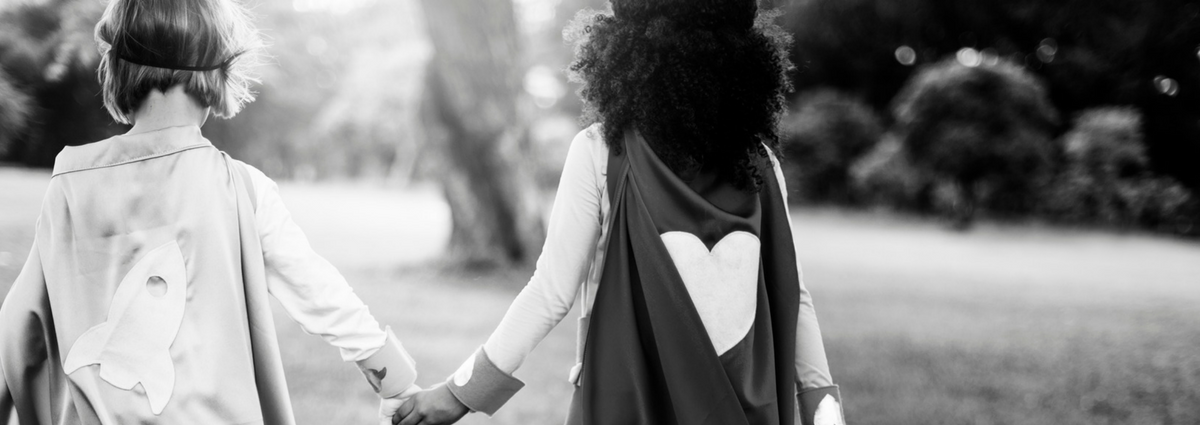
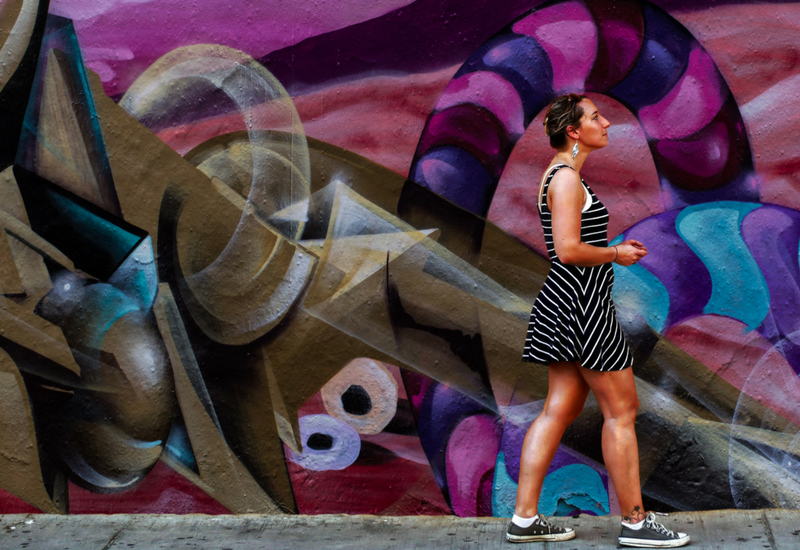
 W.E.B. DuBois And the Battle of The Color Line
W.E.B. DuBois And the Battle of The Color Line